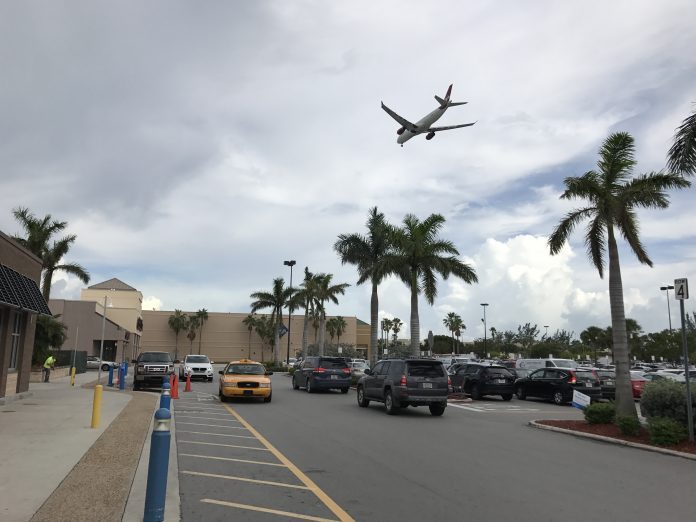A price-comparison product for buying air-freight services — sounds like a useful tool for a salmon exporter. Right? N’est pas? Ikke sant?
“Right now we don’t have any seafood company customers, but the majority use airfare or they truck it,” Oslo-based Xeneta’s co-founder, Thomas Sorbo, told SalmonBusiness.
Aquaculture, however, “is opening up a whole new customer base for us, not only on seafood but also with pharma and the technology companies that airfreight products.”
Xeneta has just launched their airfreight rate benchmarking tool that reproduces a highly successful freight rate tool that has helped its seagoing clients — both buyers and sellers of freighting services — negotiate price. The catch, if there is one, is that the software-based offering relies on info provided by Xeneta’s customers to establish that benchmark.
Here’s how it works: In order to buy freight and access real-time information to determine a comparable rate, “Companies buying freight must share some data to know if the rate they’re getting from a forwarder is competitive or not,” Sorbo explains, adding, “They would use our data to determine if those rates are competitive and use our intel toward the supplier (of air services) to negotiate a better rate or in finding one that’s more competitive.”
Better rates
The company’s “crowdsourcing” has been effective, however. Founded in 2012, Sorbo and his team have mastered international container logistics. What took a couple of years to achieve by crowdsourcing info from its ship-owning and cargo-sending clients is expected to take just a few months with air carriers of salmon and their box-sending customers.
“We are a software company. We built it so that the value provided is the aggregation of price we get from our current customers who know the transport price and what it costs to send a product from Gardermoen (airport, Oslo) to Tokyo,” Sorbo said. “We provide intel for our customer base on info from them in a crowdsource business model, which is intel based on rate data from customers.”
Chicken versus egg
He said the company expects to grow by two-and-a-half times in 2018, although in 2016 they saw a NOK 24 million losss on NOK 11 million revenues. Still, for 58 Xeneta staff, that business model that yielded a fivefold increase in revenues over 2015.
Asked if he’s ready to offer the service to salmon farmers today, he answered, “We’re not ready. The intel must come from the customers first.”
How fast the service improves “depends on the customer base”.
“We’re in the development phase,” he said. “It really depends. It’s a chicken-or-the-egg problem that we had for seaborne transport, too, but now any port combination in the world for container shipping falls under our coverage. It’s the same principle for airfreight. We have 700 companies (for sea transport), and many also have a need for air rates, so it’ll take less time to populate the benchmark. It’ll happen quickly.”
When it comes to crowdsourcing freight, “We haven’t seen many competitors.”

